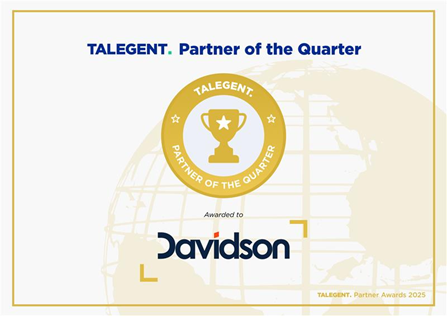Supporting women in public sector leadership
After recognising the need to encourage more women to seek leadership positions within the public sector, Davidson launched the Top 50 Public Sector Women List (Victoria) to inspire and mentor female leaders.
CHALLENGE
In late 2016, Davidson determined it was time to address the gender imbalance that continued to see men hold a disproportionately higher representation on company boards and in leadership positions across Australia.
We recognised a need to highlight the achievements of women who had secured executive roles to encourage other women to aim for leadership positions.
It was decided the Victorian public sector, which had actively encouraged women to seek leadership roles, would be a great place to start our focus. At the beginning of 2017, Victoria’s Public Sector Commission reported that of the 285,423 staff across 3,388 public sector bodies, women filled 48% of executive positions in state government departments, a promising increase from just 39% in 2011.
SOLUTION
Top 50 Public Sector Women List (Victoria)
We determined an effective way of encouraging women to aim for executive positions would be to spotlight women who have already reached upper levels of management in the public sector. Our aim was to inspire and mentor others to do the same.
The result was the Top 50 Public Sector Women List (Victoria). Women named on the list would be offered mentoring, networking and career building opportunities.
Davidson promoted the program by:
- reaching out to senior women leaders to encourage nominations, build awareness and drive submissions
- encouraging local, state and federal government female leaders and departments to participate in the project
- organising and announcing the list at a gala event, highlighting the achievements of the Top 50
- raising the profiles of the Top 50 and increasing awareness of the gender imbalance issue.
OUTCOMES
Flag bearers for other women
The gala event was held during Victoria’s Public Sector Week, where we proudly partnered with Procurement Australian and IPAA Victoria to host the event and program.
The women named on the inaugural list now serve as flag bearers for other women who aspire to senior level positions. The Victorian project was so successful, Davidson rolled out similar projects covering other state public sectors.
And ultimately, the project put a much needed spotlight on the incredible work achieved by women in leadership positions in Victoria’s public sector, and why more support through mentoring and networking is necessary to continue to see the rise in the number of women in senior leadership positions.
Share this content





